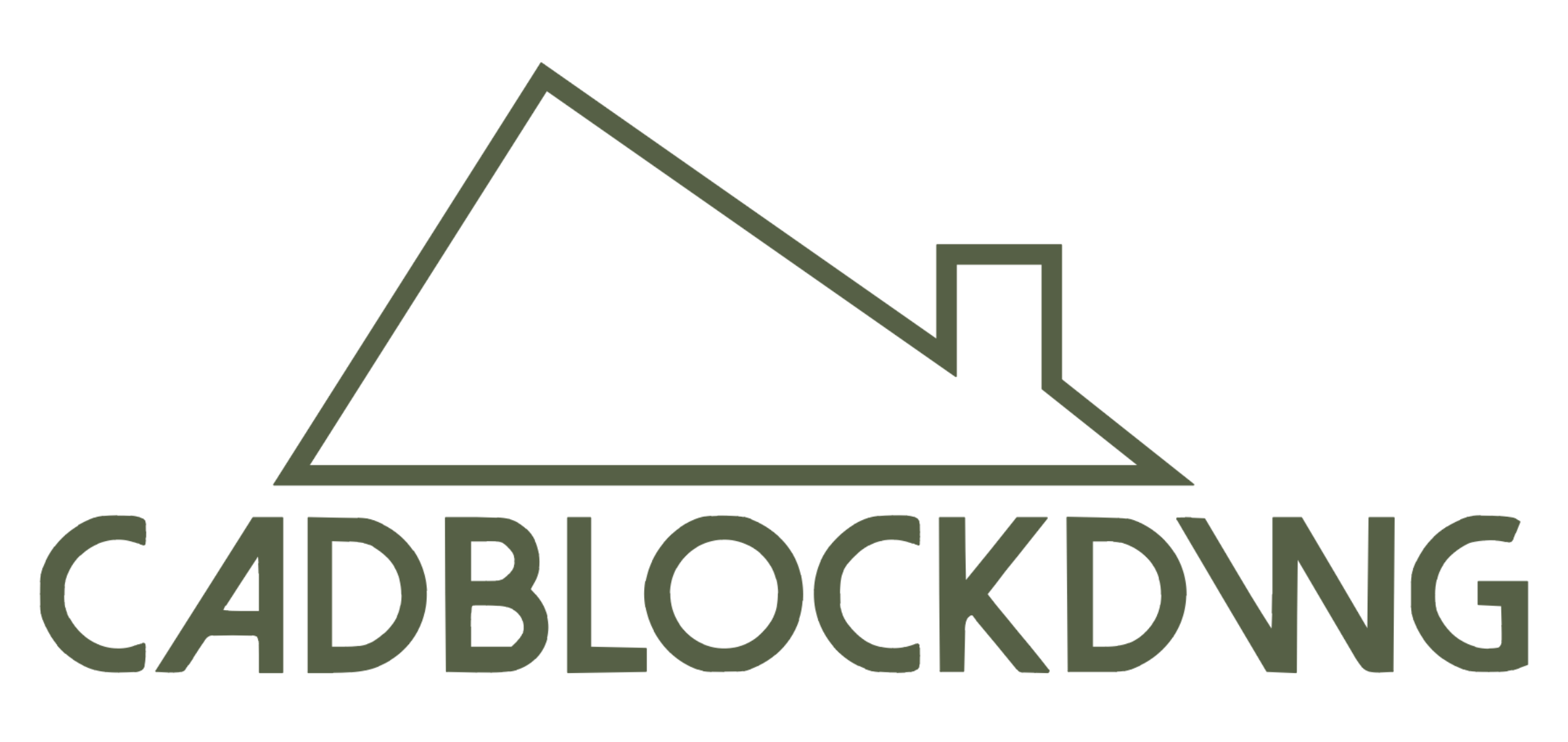CAD blocks are pre-drawn computer-aided design (CAD) symbols that you can use to create your own 2D or 3D technical drawings. They are particularly useful for architects, engineers, and other professionals who work with technical drawings and designs. This article will discuss how you can use CAD blocks in your design workflow and the benefits of doing so.
To use CAD blocks in your design workflow, follow these steps:
- Find a library of CAD blocks: Many online resources offer a wide variety of CAD blocks for free or for a fee. Some popular sites include Cadblocksfree.com, Bibliocad.com, and Firstinarchitecture.co.uk. You can also purchase CAD block libraries from software vendors or specialized CAD block providers.
- Choose the right CAD blocks for your project: Before using them, it’s important to choose the ones most relevant to your project. This will save you time and ensure that your drawings are accurate and professional-looking. Consider the scale of your project, the level of detail you need, and the specific symbols and features you will use.
- Import the CAD blocks into your CAD software: Once you have downloaded or purchased the CAD blocks you need, you can import them into your CAD software. In most cases, this involves selecting the “Import” or “Insert” option from the File menu and then navigating to the location of the CAD block file on your computer. Depending on the software you are using, you may also be able to drag and drop the CAD blocks directly into your drawing.
- Place the CAD blocks in your drawing: After importing them into your CAD software, you can place them in your drawing by clicking and dragging them from the block library onto the drawing area. You can also use the “Copy” and “Paste” commands to duplicate the CAD blocks.
- Modify the CAD blocks as needed: Some CAD blocks may need to be modified to fit the specific requirements of your project. This can be done using the various editing tools available in your CAD software, such as the “Move,” “Scale,” and “Rotate” commands.
- Annotate and dimension the drawing: Once you have placed and modified the CAD blocks in your drawing, you can add text and dimensions to provide additional information and clarification. This is especially important for technical drawings, as it helps to ensure that the design is clear and accurate.
Benefits of using CAD blocks in your design workflow:
There are several benefits to using CAD blocks in your design workflow, including:
- Increased efficiency: CAD blocks can save significant time, as you don’t have to draw every symbol and detail from scratch. This allows you to focus on the more important aspects of your project and get your work done more quickly.
- Improved accuracy: CAD blocks are designed to be precise and accurate, so you can trust that the symbols and details you use in your drawings are correct. This helps reduce the risk of errors and mistakes, saving you time and money in the long run.
- Enhanced professionalism: Using CAD blocks in your drawings shows that you are serious about your work and are willing to invest in the best tools and resources. This can help to increase the credibility and professionalism of your designs.
- Greater flexibility: CAD blocks can be customized and modified to fit the specific needs of your project. This allows you to create unique, personalized designs tailored to your client’s requirements.
In conclusion, using CAD blocks in your design workflow can greatly improve your technical drawings’ efficiency, accuracy, professionalism, and flexibility. By following the steps outlined above, you can easily incorporate CAD blocks into your work and take advantage of their many benefits. Whether you are an architect, engineer, or other professional working with technical drawings, CAD blocks can be a valuable resource that helps you create high-quality designs more efficiently.
